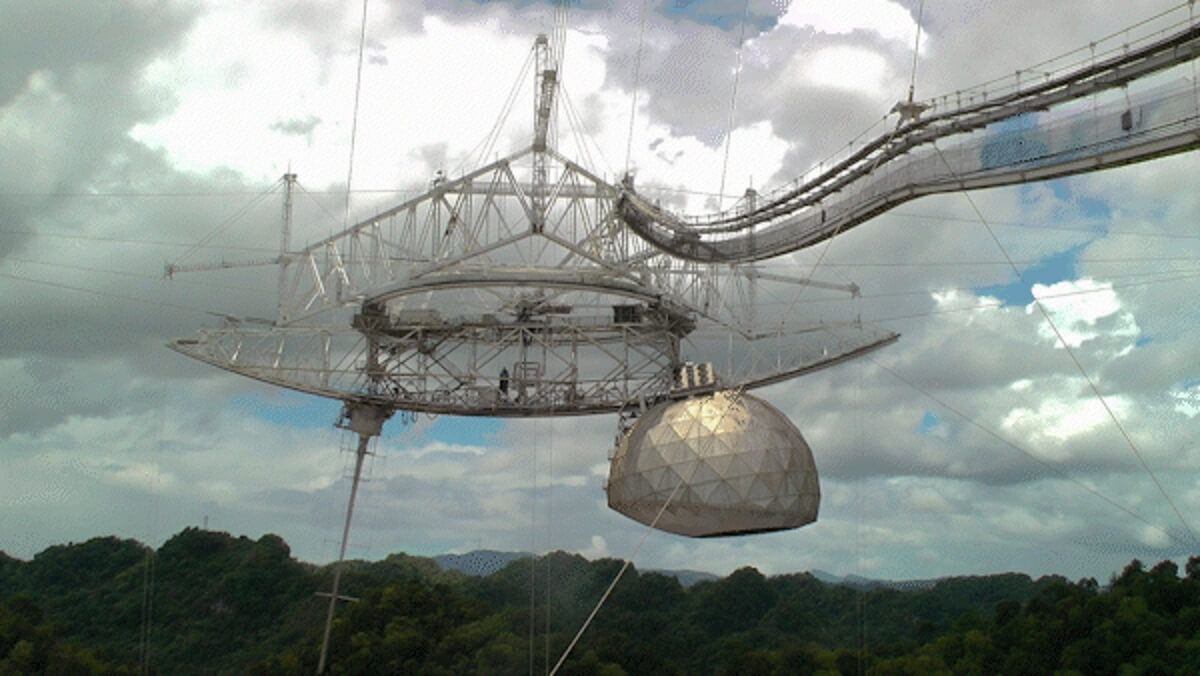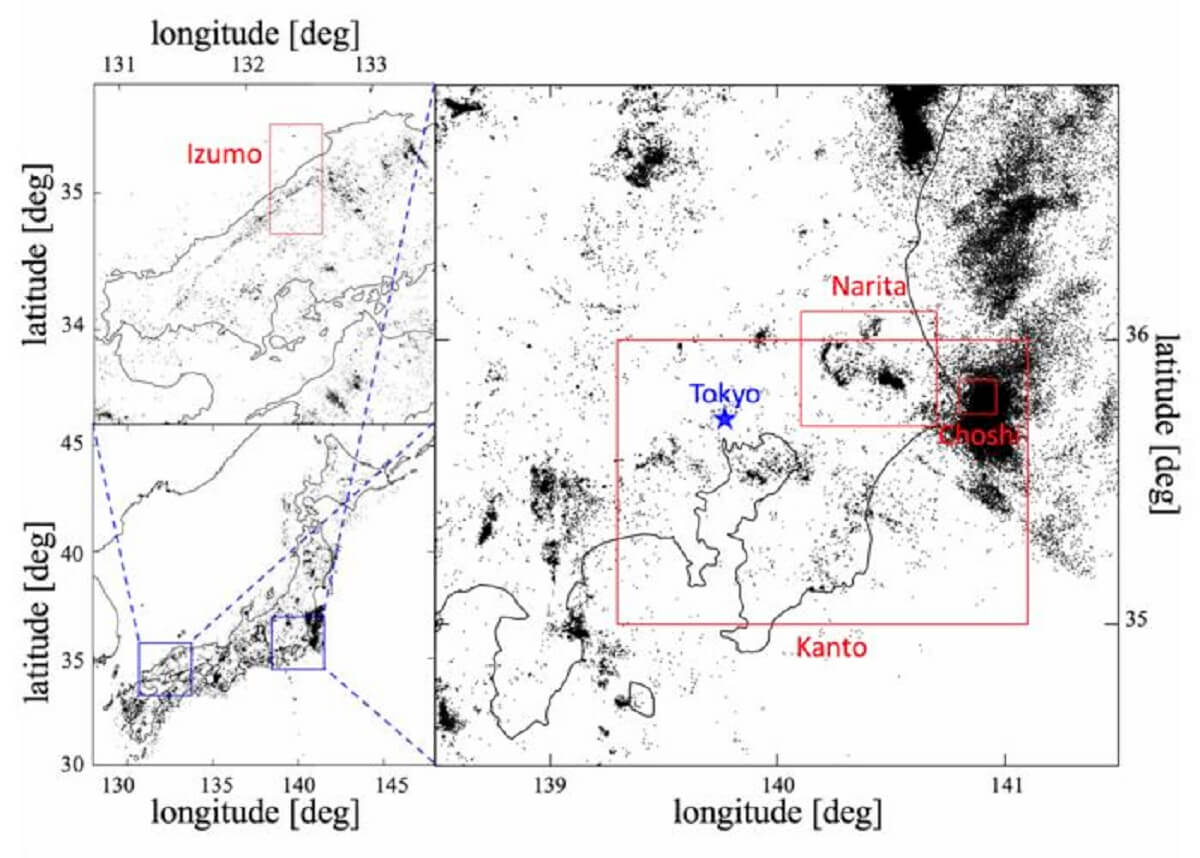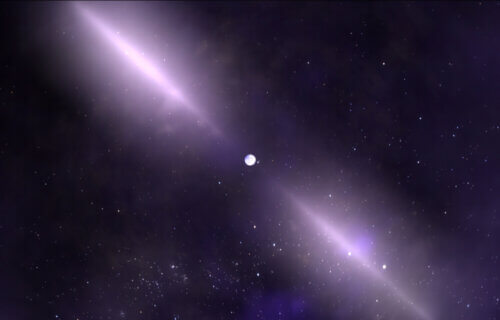TOKYO, Japan — Mysterious radio signals from space, known as fast radio bursts (FRBs), have been intriguing scientists since their discovery in 2007. These fleeting signals, which last only milliseconds, once led some experts to speculate about extraterrestrial life trying to reach out to Earth. However, a recent study offers a different fantastical explanation: starquakes.
The exact origins and causes of FRBs remain uncertain, but these powerful bursts of radio energy, while invisible to the naked eye, are prominent on radio telescopes.
Past research identified some similarities in the energy distribution of recurring FRBs with that of earthquakes and solar flares. However, a team from the University of Tokyo observed distinct differences between FRBs and solar flares. In contrast, they noted several resemblances between FRBs and seismic activity here on Earth.
Their findings bolster the hypothesis that FRBs might be the result of “starquakes” on the surface of neutron stars. These findings could potentially provide deeper insights into understanding earthquakes, high-density matter behavior, and facets of nuclear physics.
Neutron stars result from the collapse of a supergiant star, reducing it from around eight times the Sun’s mass to a hyper-dense core approximately 25 miles in diameter. Some neutron stars, called magnetars, possess immensely powerful magnetic fields and are known to emit FRBs.

“Recent observational advances have led to the detection of thousands more FRBs, so we took the opportunity to compare the now large statistical data sets available for FRBs with data from earthquakes and solar flares, to explore possible similarities,” says Professor Tomonori Totani, from the Department of Astronomy at the Graduate School of Science, in a university release.
Previously, analyses on FRBs concentrated on the time intervals between consecutive bursts. However, the researchers emphasize that solely calculating these intervals might overlook potential correlations across various bursts. The team chose to examine correlations in a two-dimensional space, analyzing the timing and emission energy of nearly 7,000 bursts from three distinct repeating FRB sources.
The scientists then applied the same methodology to study the time-energy correlations of earthquakes, using Japanese data, and of solar flares. Their analysis revealed a surprising similarity between FRBs and earthquakes, but a marked difference between FRBs and solar flares.
“The results show notable similarities between FRBs and earthquakes in the following ways: First, the probability of an aftershock occurring for a single event is 10-50%; second, the aftershock occurrence rate decreases with time, as a power of time; third, the aftershock rate is always constant even if the FRB-earthquake activity (mean rate) changes significantly; and fourth, there is no correlation between the energies of the main shock and its aftershock,” Prof. Totani explains.

The team plans to continue their analysis on fresh FRB data to ascertain the universality of their discovered similarities.
“By studying starquakes on distant ultradense stars, which are completely different environments from Earth, we may gain new insights into earthquakes. Starquakes in neutron stars have opened up the possibility of gaining new insights into very high-density matter and the fundamental laws of nuclear physics,” adds Prof. Totani.
Estimations suggest that if we could monitor the entire sky, we might detect up to 10,000 FRBs daily. Although most detected bursts seem to be one-time events, about 50 FRB sources have shown repeated emissions.
The study is published in the journal Monthly Notices of the Royal Astronomical Society.
You might also be interested in:
- Best Of The Best Telescopes For Beginners In 2023: Top 5 Stargazers Most Recommended By Experts
- Mysterious radio signals reach Earth from a galaxy 3 billion light years away
- Aliens on Saturn’s moon? Astronomers discover essential building block of life on Enceladus
South West News Service writer Stephen Beech contributed to this report.

